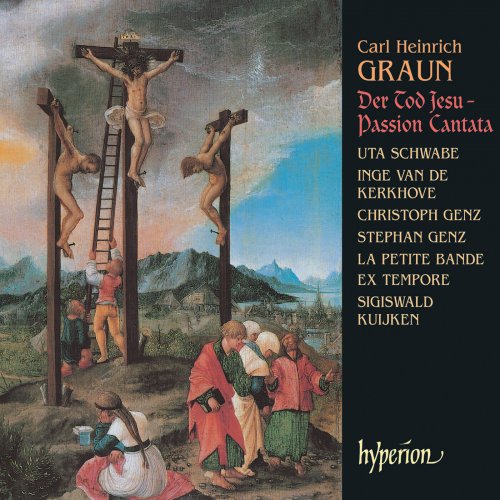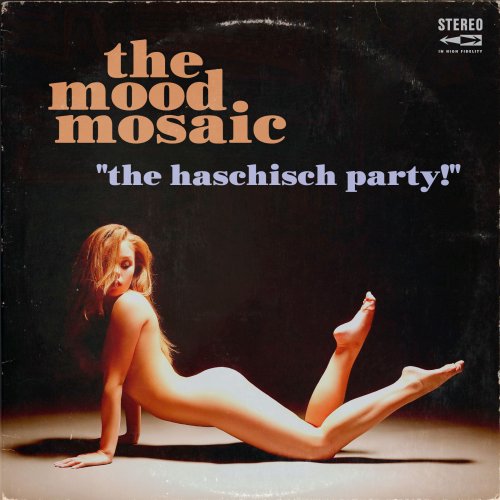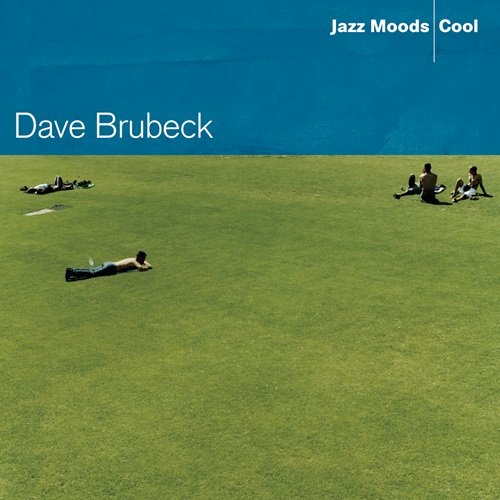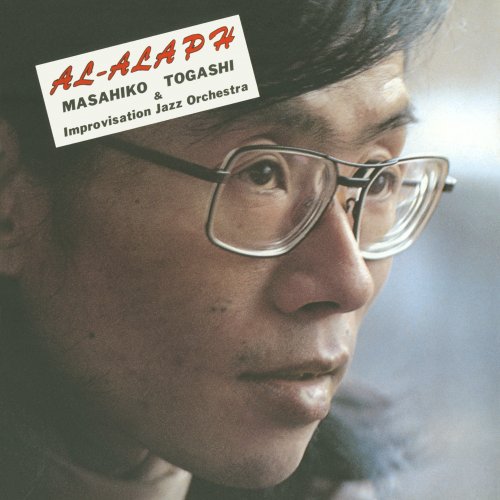La Petite Bande, Ex Tempore, Sigiswald Kuijken - Graun: Der Tod Jesu (Passion Cantata) (2004)

Artist: La Petite Bande, Ex Tempore, Sigiswald Kuijken
Title: Graun: Der Tod Jesu (Passion Cantata)
Year Of Release: 2004
Label: Hyperion
Genre: Classical
Quality: flac lossless (tracks) +Booklet
Total Time: 01:41:15
Total Size: 454 mb
WebSite: Album Preview
TracklistTitle: Graun: Der Tod Jesu (Passion Cantata)
Year Of Release: 2004
Label: Hyperion
Genre: Classical
Quality: flac lossless (tracks) +Booklet
Total Time: 01:41:15
Total Size: 454 mb
WebSite: Album Preview
CD1
01. Der Tod Jesu: No. 1, Chorale. Du, dessen Augen flossen
02. Der Tod Jesu: No. 2, Tutti. Sein Odem ist schwach
03. Der Tod Jesu: No. 3, Recit. Gethsemane! Gethsemane!
04. Der Tod Jesu: No. 4, Aria. Du Held, auf den die Köcher
05. Der Tod Jesu: No. 5, Chorale. Wen hab' ich sonst als dich allein
06. Der Tod Jesu: No. 6, Recit. Ach mein Immanuel!
07. Der Tod Jesu: No. 7, Aria. Ein Gebeth um neue Stärke
08. Der Tod Jesu: No. 8, Recit. Nun klingen Waffen
09. Der Tod Jesu: No. 9, Aria. Ihr weichgeschaffnen Seelen
10. Der Tod Jesu: No. 10, Tutti. Unsre Seele ist gebeuget zu der Erden
11. Der Tod Jesu: No. 11, Chorale. Ich will von meiner Missethat
CD2
01. Der Tod Jesu: No. 12, Recit. Jerusalem voll Mordlust ruft
02. Der Tod Jesu: No. 13, Aria. So stehet ein Berg Gottes
03. Der Tod Jesu: No. 14, Tutti. Christus hat uns ein Vorbild gelassen
04. Der Tod Jesu: No. 15, Chorale. Ihr werde Dir zu Ehren alles wagen
05. Der Tod Jesu: No. 16, Recit. Da steht der traurige, verhängnisvolle Pfahl
06. Der Tod Jesu: No. 17, Duetto. Feinde, die ihr mich betrübt
07. Der Tod Jesu: No. 18, Recit. Wer ist der Heilige
08. Der Tod Jesu: No. 19, Aria. Singt dem göttlichen Propheten
09. Der Tod Jesu: No. 20, Tutti. Freuet euch alle Ihr Frommen
10. Der Tod Jesu: No. 21, Chorale. Wie herrlich ist die neue Welt
11. Der Tod Jesu: No. 22, Recit. Auf einmal fällt der aufgehaltne Schmerz
12. Der Tod Jesu: No. 23, Accompagnement. Es steigen Seraphim von allen Sternen nieder
13. Der Tod Jesu: No. 24, Chorale. Ihr Augen, weint!
14. Der Tod Jesu: No. 25, Chorus. Hier liegen wir
During his lifetime, Carl Heinrich Graun, a younger contemporary of Bach’s, was one of the best-known exponents of Italian opera in Germany. He achieved a reputation as a skilled composer, rising to the position of vice-Kapellmeister in Braunschweig. In time, King Frederick II, ‘The Great’, appointed Graun his court Kapellmeister. Graun became a leading figure in the renowned Berlin school that developed at Frederick the Great’s court, a school which also included his brother Johann Gottlieb, Kirnberger, Quantz, Benda and Carl Philipp Emmanuel Bach. Graun became most famous for his religious music, and above all for his Der Tod Jesu.
Der Tod Jesu forms part of the long Christian tradition of musical settings of the Passion story for the period before Easter. The text, compiled from the Gospels by Carl Wilhelm Ramler, was almost simultaneously set to music by Graun and Telemann, the two works receiving their premieres in March 1755. The stylistic differences of the two works are striking. Telemann represents the North-German, late-Baroque tradition, with all its complexity and preference for structure and colour. Graun, influenced by Italian opera, chose the path of lyricism and spontaneous melodies, using the harmonic language that had emerged from Classicism. In Der Tod Jesu we find fugal passages reminiscent of Bach; if a feeling of timelessness, an expression of higher things, is characteristic of Bach’s works, here personal expression gains the upper hand in a freer style.
The text includes no dialogues or dramatic personages such as an evangelist-narrator or soloists with assigned roles. Rather, the soloists alternate (also exceptionally joining for duets) to present a free version of an episode from the Passion story in a recitative, followed by a poetic reflection on these events in an aria. After one or two of these individual interventions, the choir makes its answer, crowned by a chorale that could be sung by the whole congregation.
The central position of the chorales was an important factor in the success of the work. Der Tod Jesu was so well received that it was performed again the following year on Good Friday, a tradition that was then maintained at the Berlin court until 1884. We are left only to wonder why Der Tod Jesu disappeared from the repertoire at the end of the nineteenth century. The appeal of the rediscovered Bach Passions perhaps proved impossible to counter.

![Frank Sinatra, Count Basie - It Might As Well Be Swing (1964) [2021 SACD] Frank Sinatra, Count Basie - It Might As Well Be Swing (1964) [2021 SACD]](https://www.dibpic.com/uploads/posts/2025-12/1766090910_scan-1.jpeg)

![Iman Spaargaren & Peter Bjørnild - In Essence (2025) [DSD256] Iman Spaargaren & Peter Bjørnild - In Essence (2025) [DSD256]](https://www.dibpic.com/uploads/posts/2025-12/1766381912_cover.jpg)
![Grises - Eveil (2025) [Hi-Res] Grises - Eveil (2025) [Hi-Res]](https://www.dibpic.com/uploads/posts/2025-12/1766127968_cover.jpg)



![LRK Trio, Elizaveta Korneyeva and Euphoria Orchestra - LRK Orchestra (2025) [Hi-Res] LRK Trio, Elizaveta Korneyeva and Euphoria Orchestra - LRK Orchestra (2025) [Hi-Res]](https://www.dibpic.com/uploads/posts/2025-12/1766210674_qm8oj75twl1x5_600.jpg)